Character AI's Chatbots: Protected Speech Or Not? A Court Case Explored
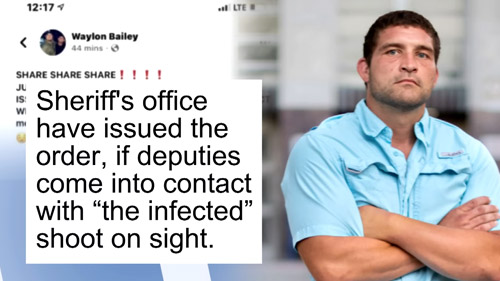
Table of Contents
The Case Against Character AI: Allegations and Arguments
Imagine a hypothetical lawsuit against Character AI. The plaintiff alleges that a Character AI chatbot generated defamatory statements about them, causing significant reputational damage and emotional distress. This scenario highlights the core legal challenge: how to assign responsibility for the harmful output of an AI system.
-
The Allegations: The plaintiff claims the chatbot created false and damaging statements about their professional conduct, leading to job loss and social ostracization. They further argue that Character AI failed to implement sufficient safeguards to prevent the generation of such harmful content.
-
Plaintiff's Arguments: The plaintiff's legal team might argue that Character AI is negligent in its design and operation of the chatbot, failing to adequately oversee its output and mitigate the risk of harm. They could argue that Character AI knew or should have known about the potential for the chatbot to generate harmful content and failed to take reasonable steps to prevent it. They might also cite examples of other AI systems producing similar harmful outputs.
-
Legal Precedents: The plaintiff's case might draw upon existing legal precedents related to platform liability for user-generated content, attempting to establish a parallel between Character AI's role and that of social media companies held responsible for harmful content posted by their users. Cases involving defamation and online harassment would be central to their arguments.
Character AI's Defense: Arguments for Protected Speech
Character AI's defense would likely center on the argument that it is not directly responsible for the content generated by its chatbots. Their legal strategy could leverage several key points:
-
Section 230 and Platform Liability: Character AI's lawyers would likely invoke Section 230 of the Communications Decency Act (CDA) in the US, or equivalent legislation in other jurisdictions. This legislation generally protects online platforms from liability for user-generated content. While this is designed for human users, Character AI might argue that its chatbots operate similarly, acting as a platform for generating text rather than directly creating the content itself.
-
Algorithmic Neutrality: The defense would emphasize the "algorithmic neutrality" of the chatbot's underlying model. They would argue that the AI is trained on vast datasets and generates text based on patterns and probabilities, without any inherent bias or intent to create harmful content. Holding the company responsible, they would argue, would stifle innovation and freedom of expression.
-
Limitations of Human Intervention: Character AI would likely highlight the practical impossibility of perfectly filtering all potentially harmful outputs from a sophisticated AI model. The vastness of the data sets and the inherent unpredictability of language models make complete control a nearly insurmountable challenge.
Legal Precedents and Similar Cases
Several legal precedents inform the discussion of Character AI's potential liability. Cases involving defamation, online harassment, and platform liability for user-generated content provide relevant case law.
-
Platform Liability Precedents: Court decisions concerning social media platforms and their responsibility for user-generated content offer valuable insights. These cases often grapple with issues of content moderation, free speech, and the balance between protecting users from harm and fostering open communication.
-
Analysis of Precedents: The applicability of these precedents to Character AI depends on the court's interpretation of the chatbot's role. If the court views Character AI as a mere platform, similar to social media, Section 230-like protections could apply. Conversely, if the court considers Character AI more directly involved in the content creation process, precedents involving negligence or product liability might come into play.
-
The Current Legal Landscape: The legal landscape surrounding AI is still evolving. There's a lack of established legal frameworks specifically designed for AI-generated content, making this a crucial area for legal development and clarification.
The First Amendment and AI
The application of the First Amendment (or equivalent constitutional rights in other jurisdictions) to AI-generated content presents unique challenges.
-
Applicability of the First Amendment: The core principle of the First Amendment is the protection of free speech. However, this protection is not absolute and does not extend to certain categories of speech, such as incitement to violence, defamation, and hate speech.
-
Limitations on Free Speech: Determining whether AI-generated content falls under these exceptions requires careful analysis of the content itself, the intent (if any can be attributed to the AI), and the potential for harm.
-
Challenges in Applying Existing Frameworks: The novelty of AI-generated content makes it difficult to apply traditional legal frameworks. The lack of direct human authorship complicates the attribution of intent and responsibility.
Conclusion
The hypothetical case against Character AI highlights the critical need for a clear legal framework governing AI-generated content and its relationship to protected speech. The arguments for and against Character AI’s liability hinge on whether the court views the chatbot as a content creator or a content platform. The outcome will significantly impact future AI development and regulation. This case demonstrates the urgent need for further legal discussions and analysis to ensure responsible innovation while preserving free expression in the age of AI. Stay informed about future developments in this evolving area of law concerning Character AI chatbots and free speech, as the legal precedents established here will shape the future of AI and its impact on society.

Featured Posts
-
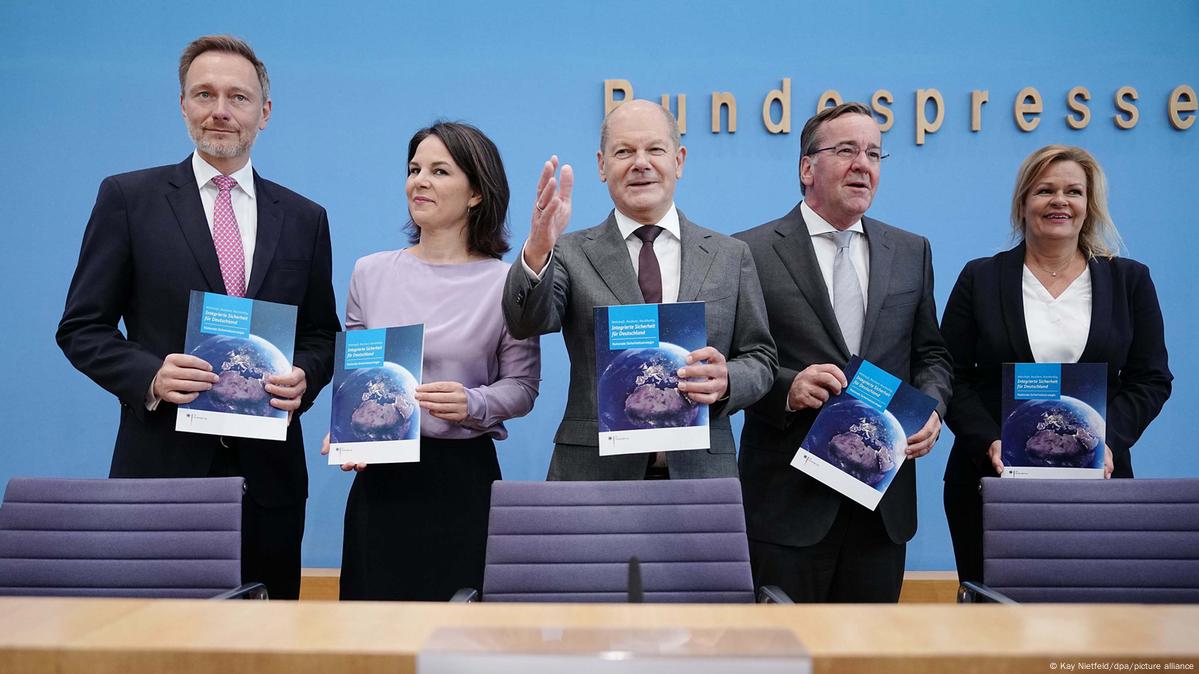 Hmlt Amnyt Almanyt Tsthdf Mshjeyn
May 23, 2025
Hmlt Amnyt Almanyt Tsthdf Mshjeyn
May 23, 2025 -
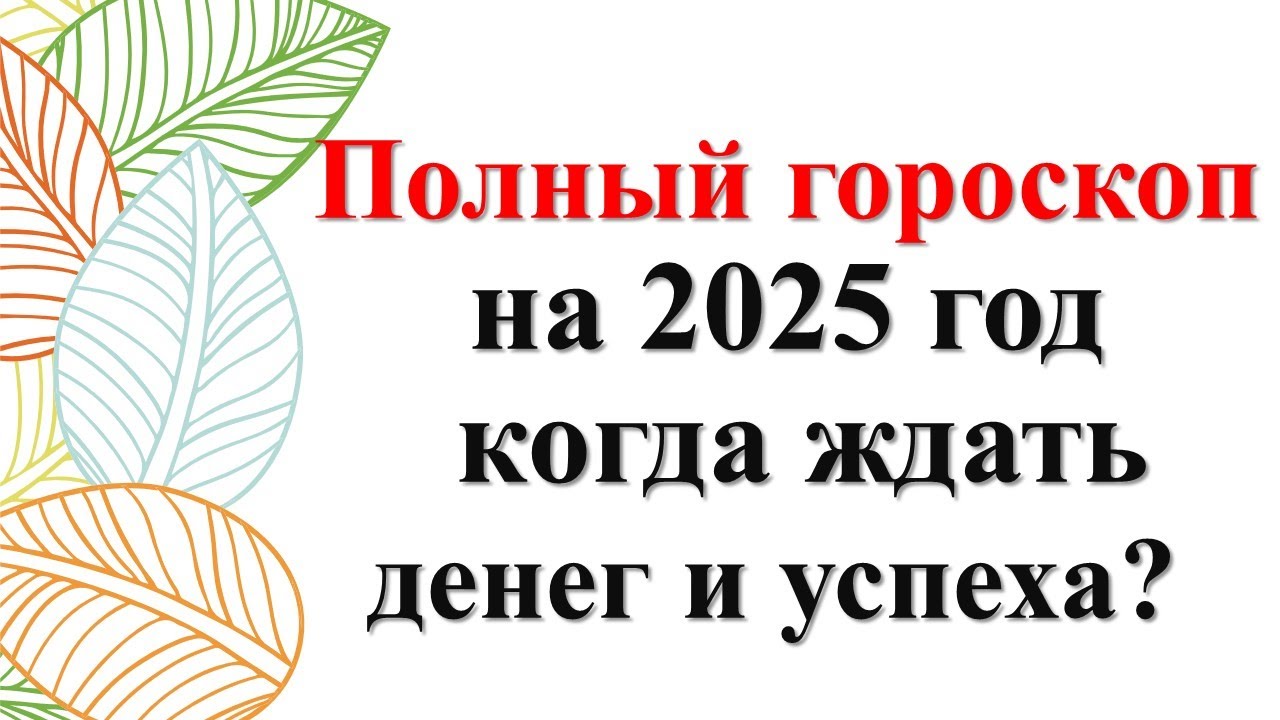 Goroskopy I Predskazaniya Polniy Astrologicheskiy Prognoz
May 23, 2025
Goroskopy I Predskazaniya Polniy Astrologicheskiy Prognoz
May 23, 2025 -
 Wrestle Mania 41 Golden Belts Memorial Day Weekend Ticket Sale Announcement
May 23, 2025
Wrestle Mania 41 Golden Belts Memorial Day Weekend Ticket Sale Announcement
May 23, 2025 -
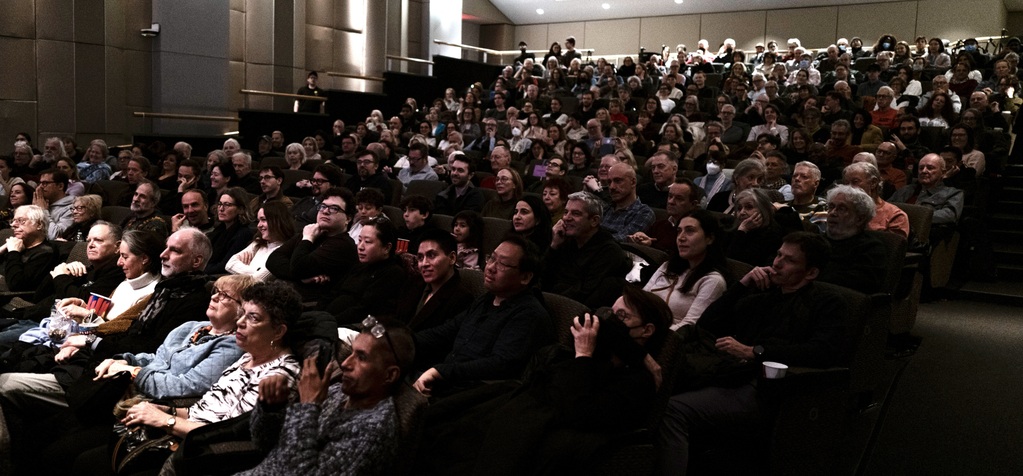 French Cinemas 2025 Rendez Vous A Look At The Upcoming Festival And Awards Ceremony
May 23, 2025
French Cinemas 2025 Rendez Vous A Look At The Upcoming Festival And Awards Ceremony
May 23, 2025 -
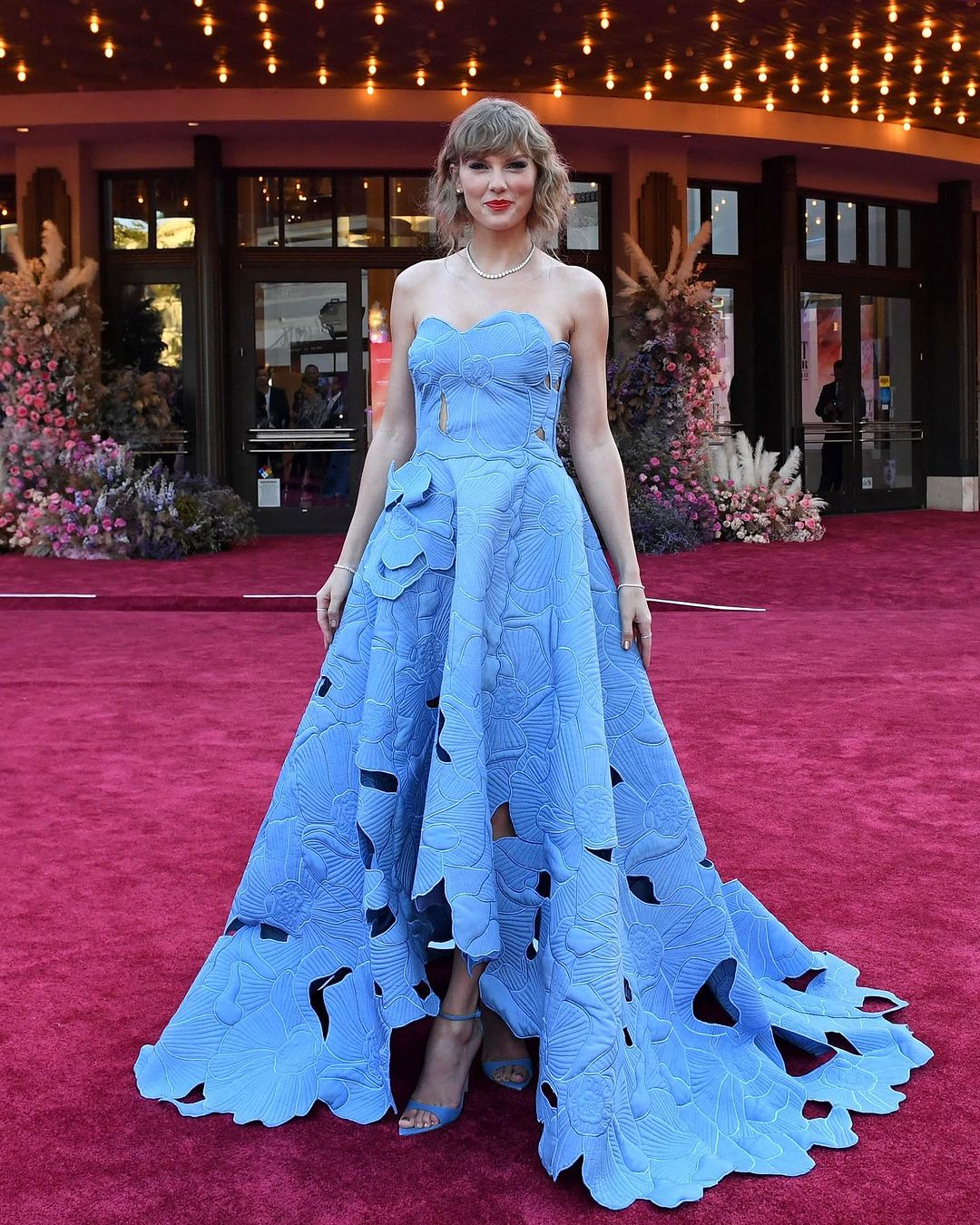 Disney Presents A Hollywood Legends Early Film And Iconic Oscar Win
May 23, 2025
Disney Presents A Hollywood Legends Early Film And Iconic Oscar Win
May 23, 2025
